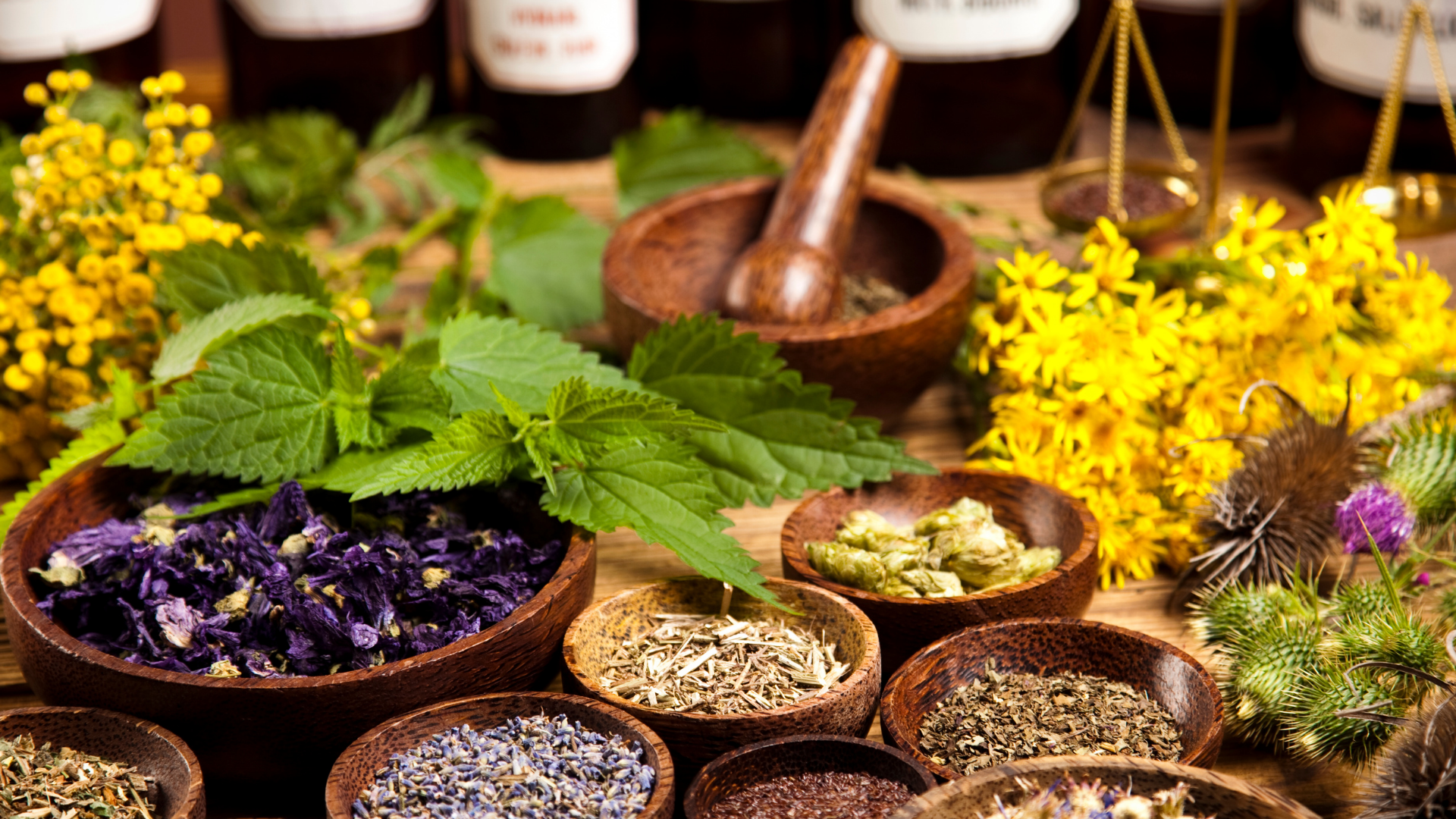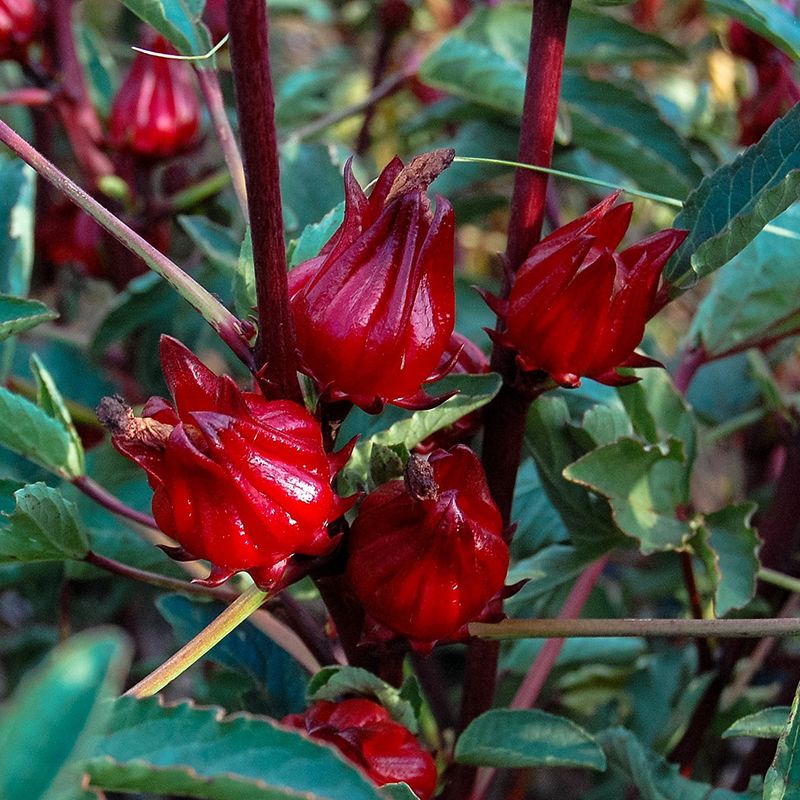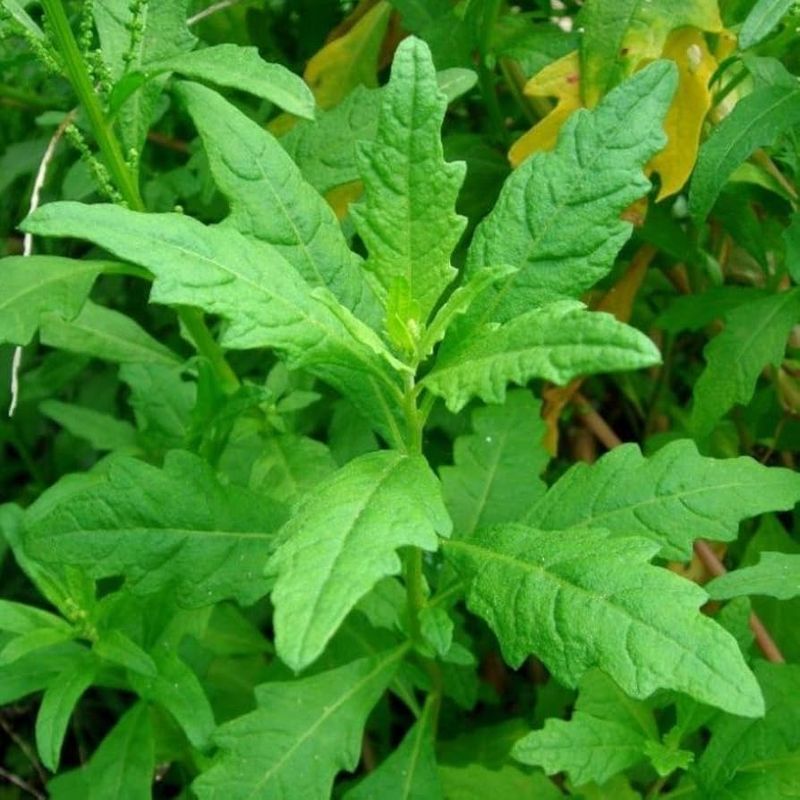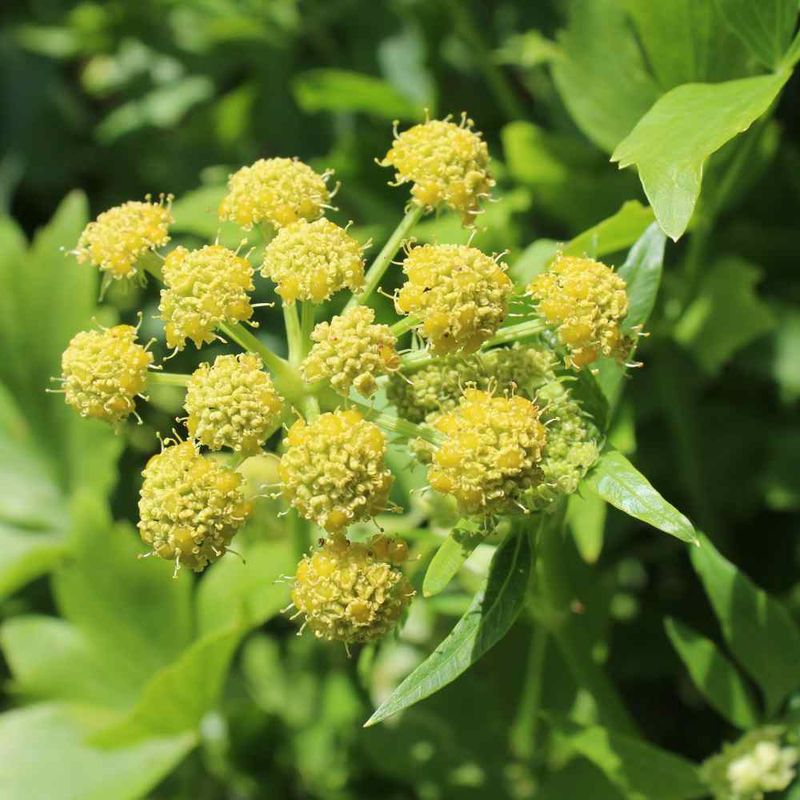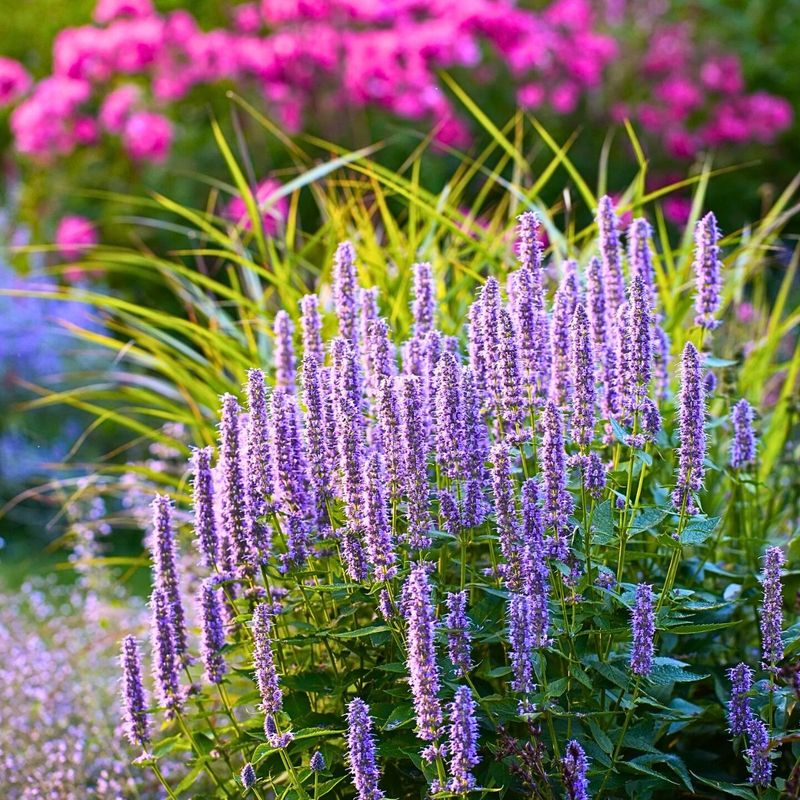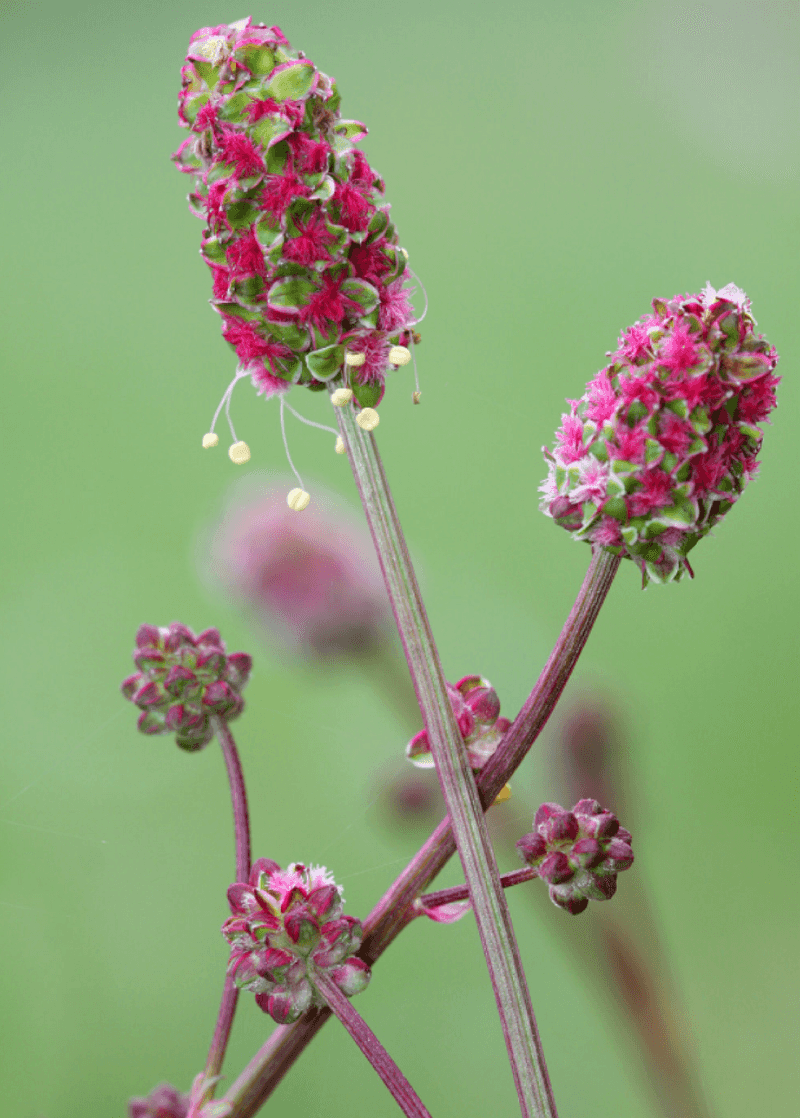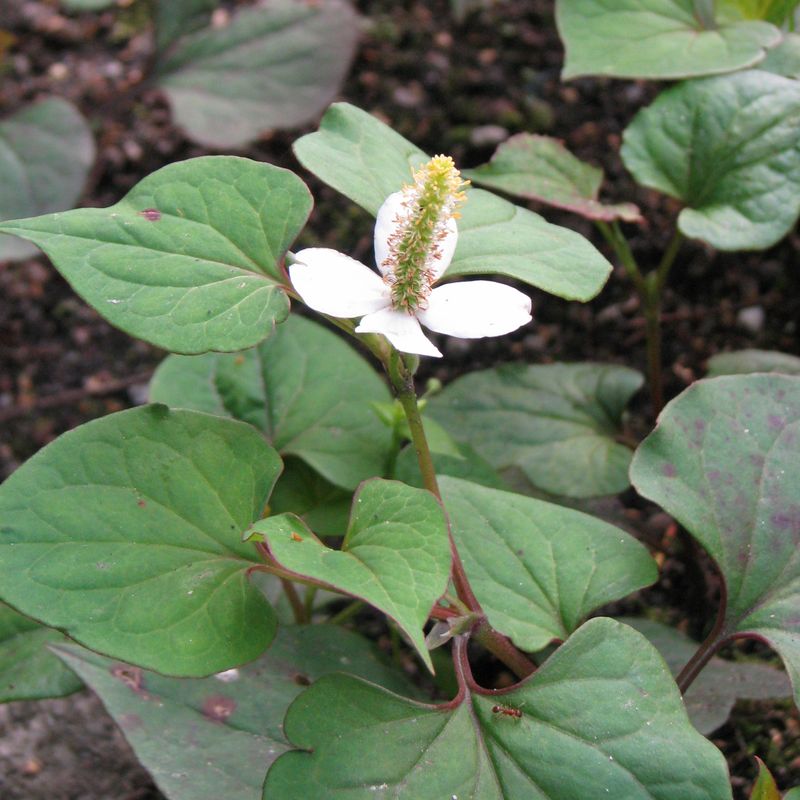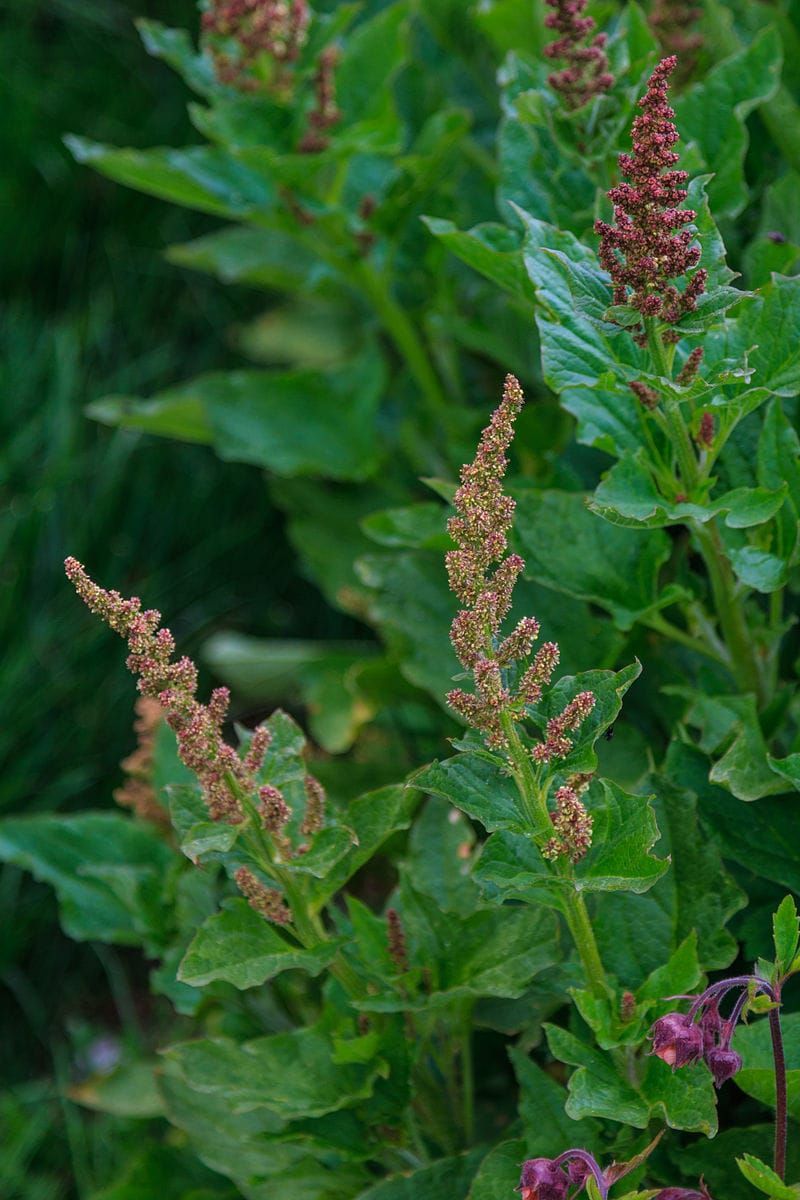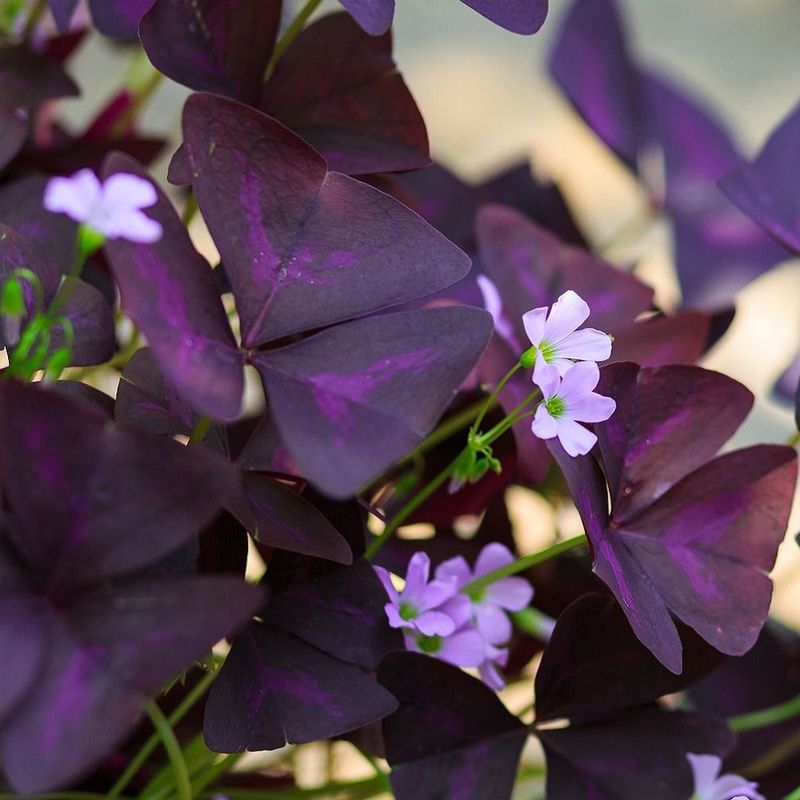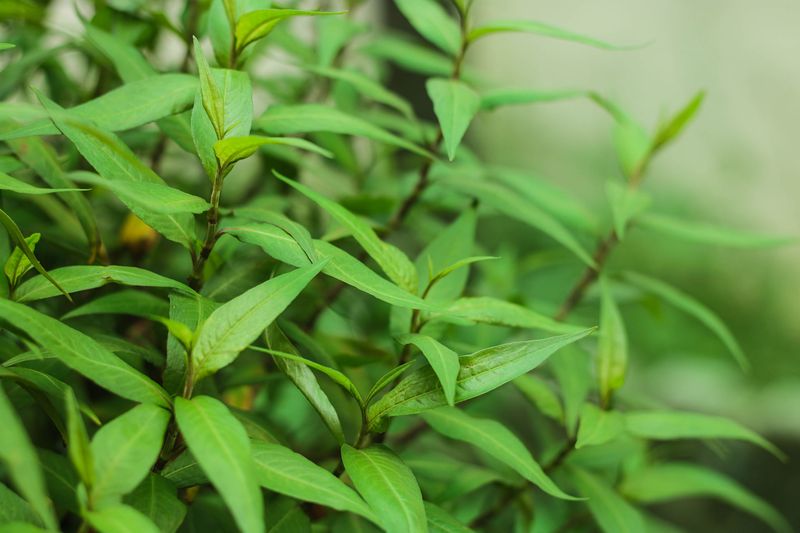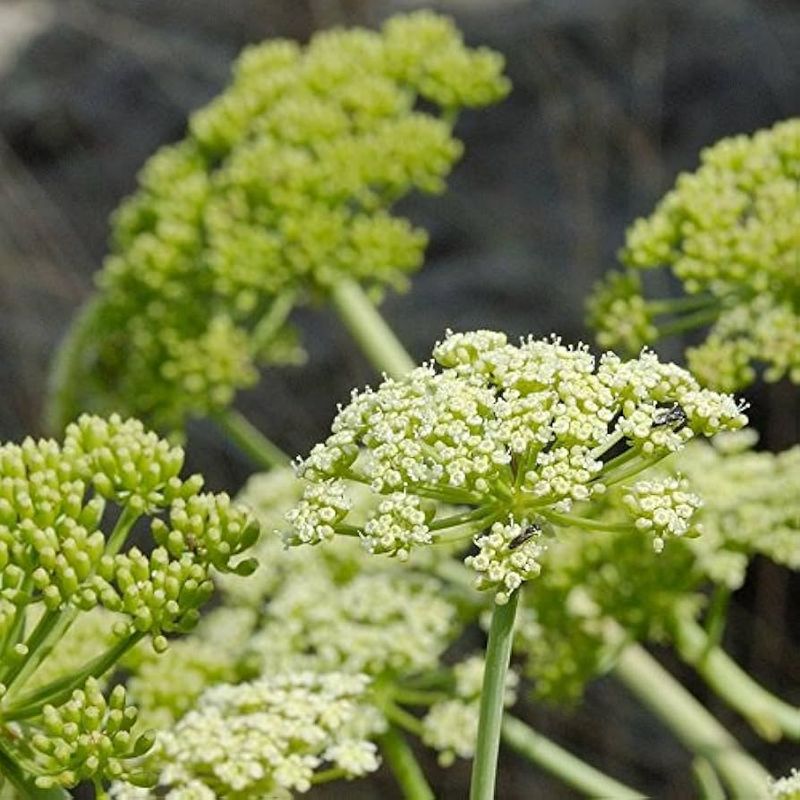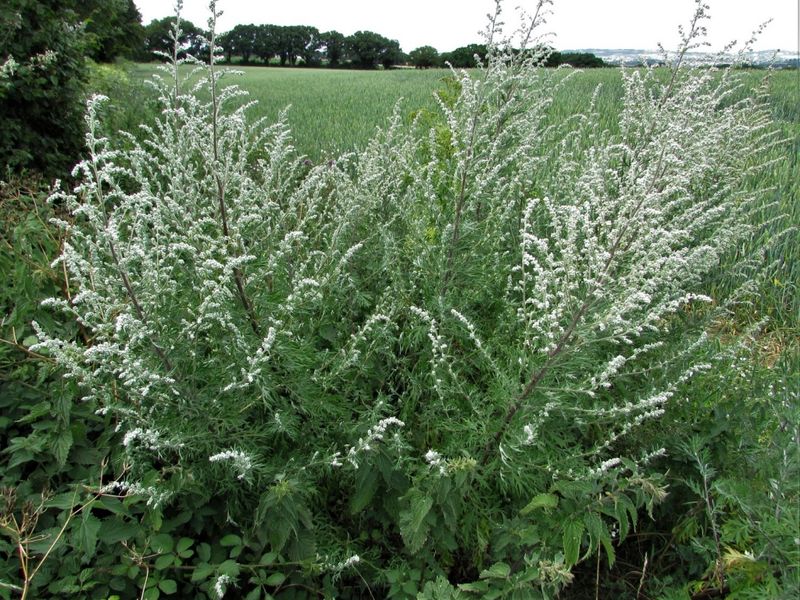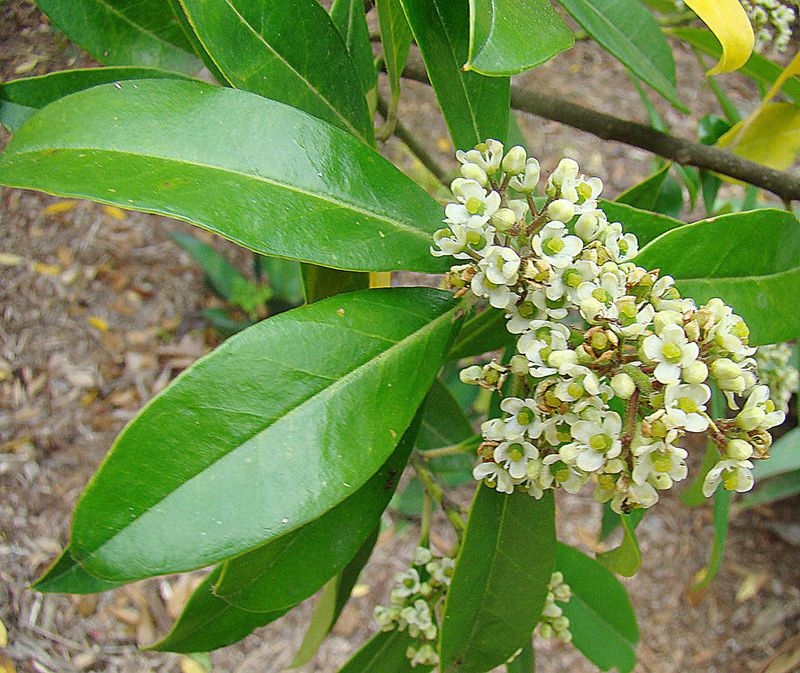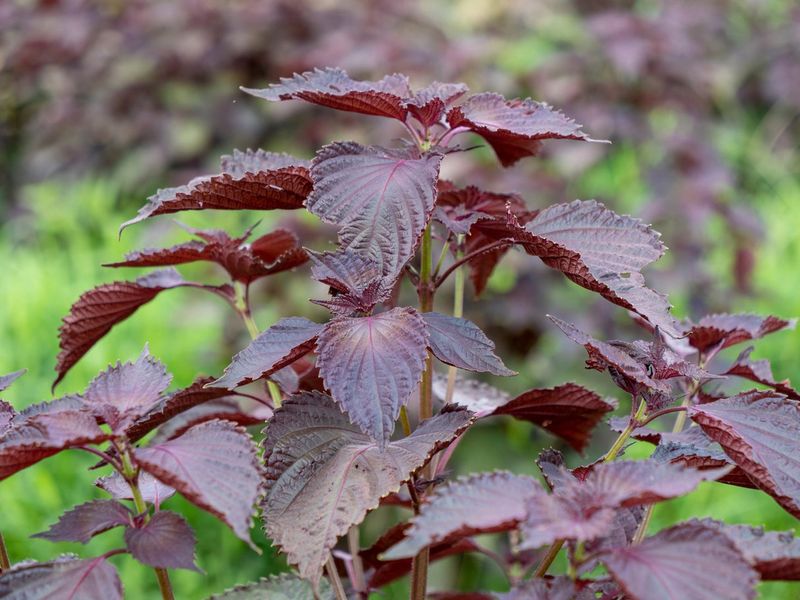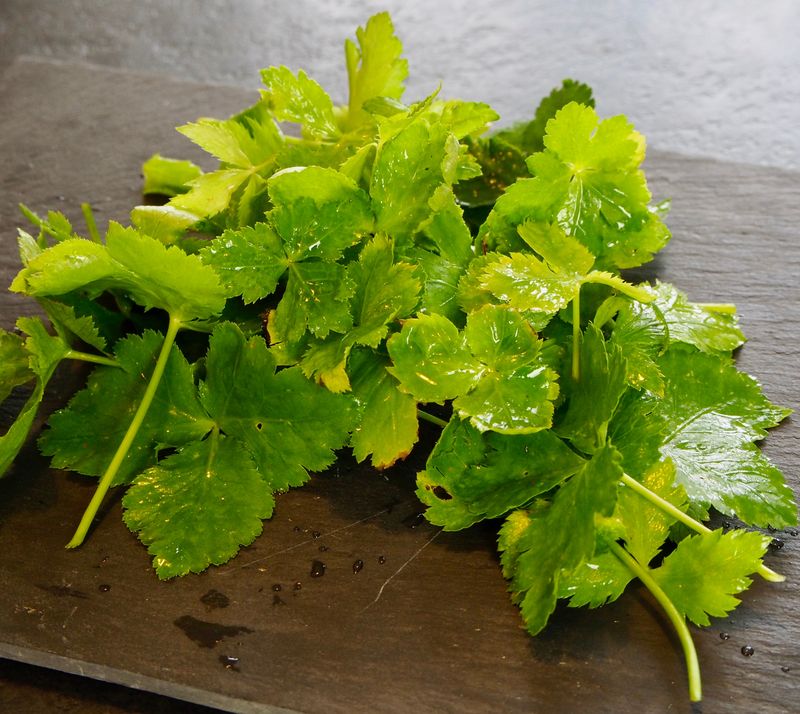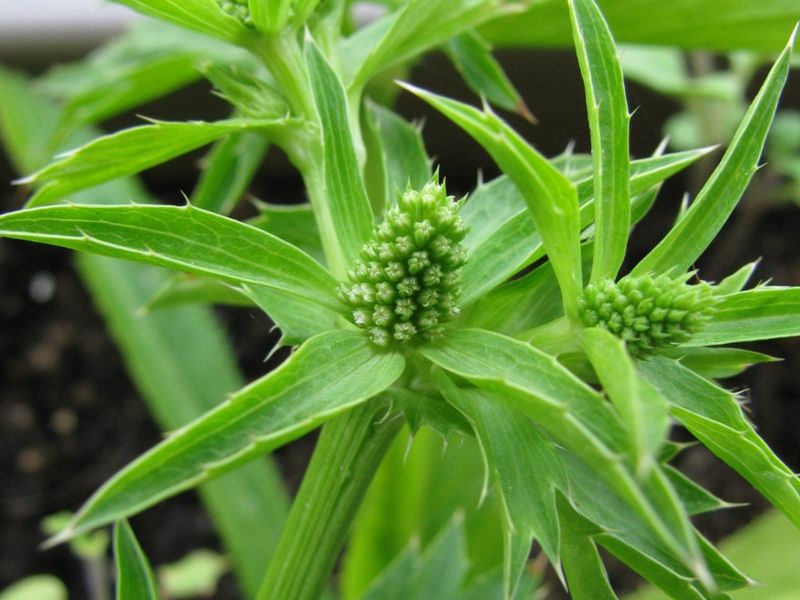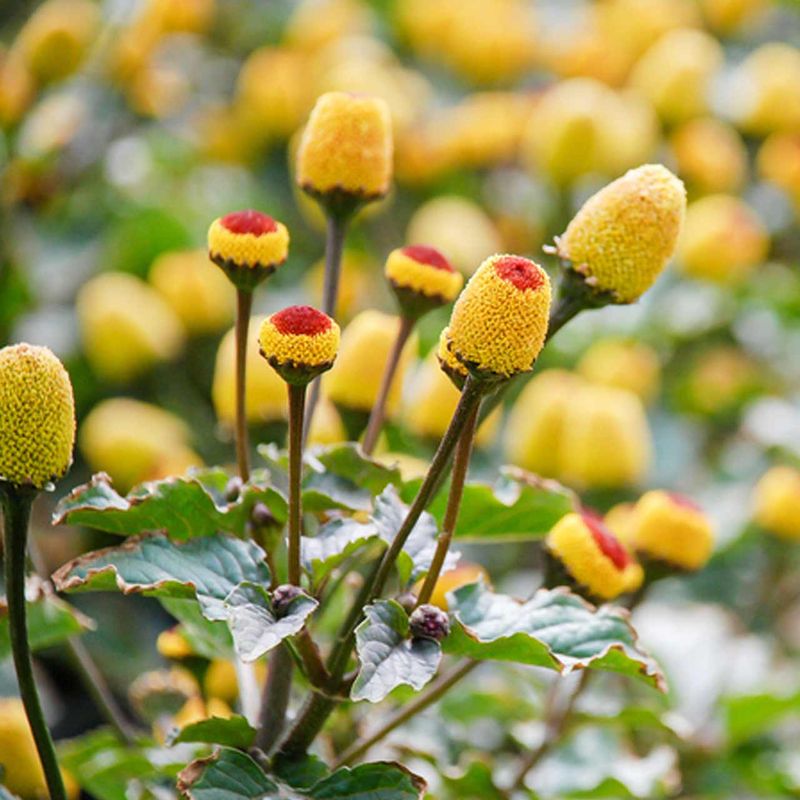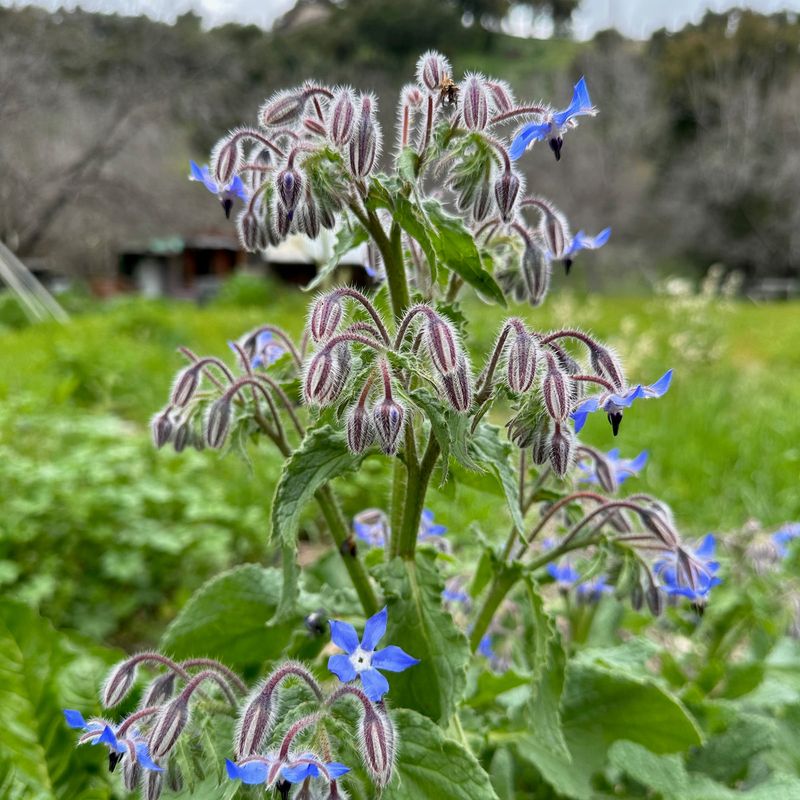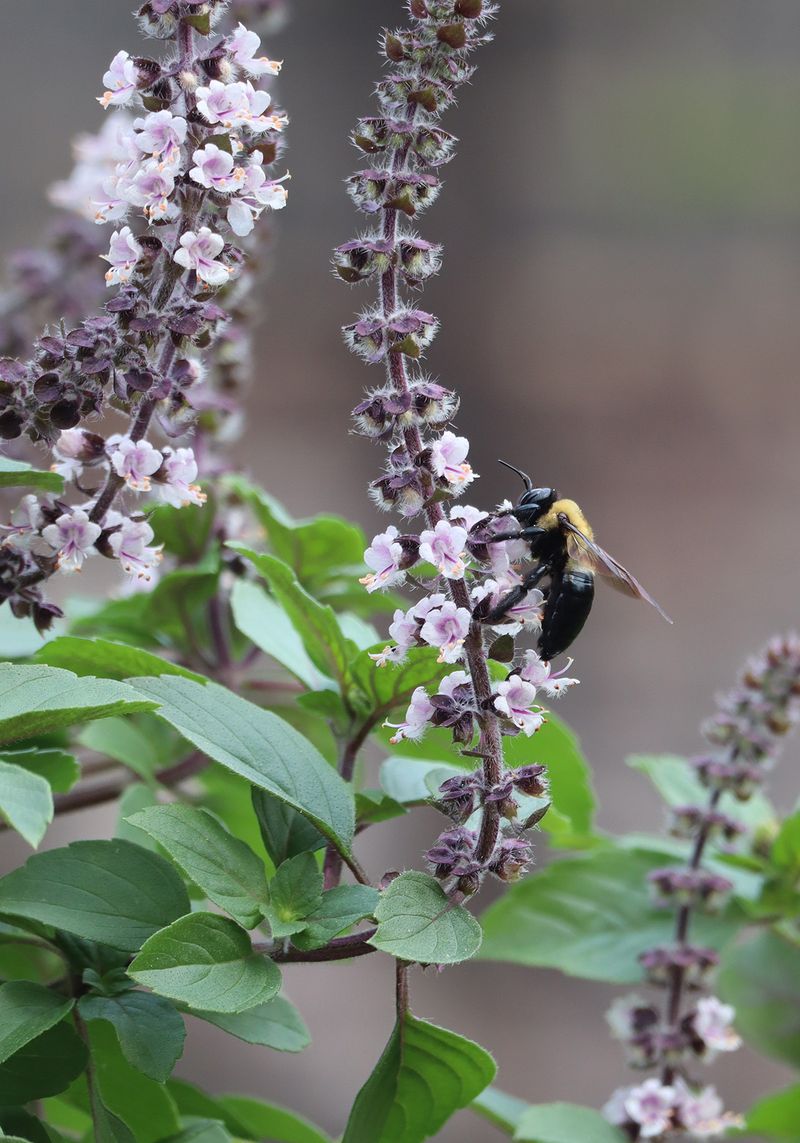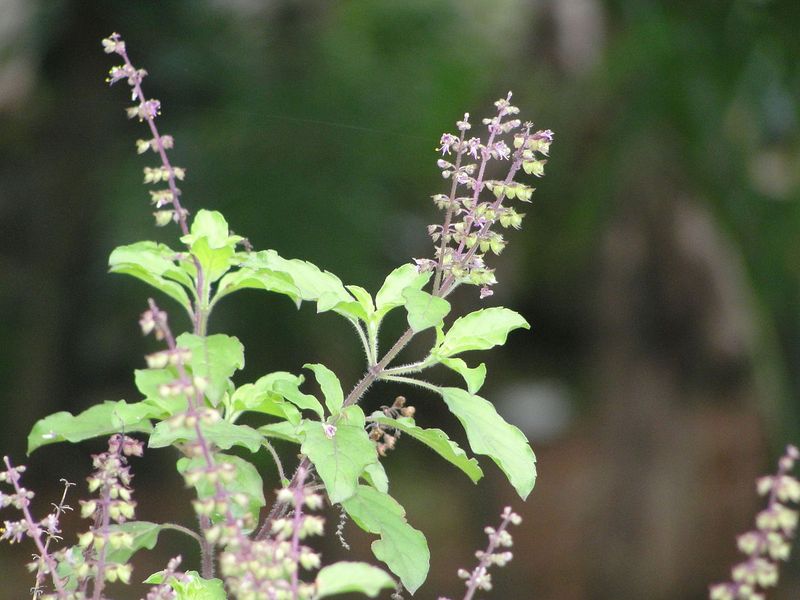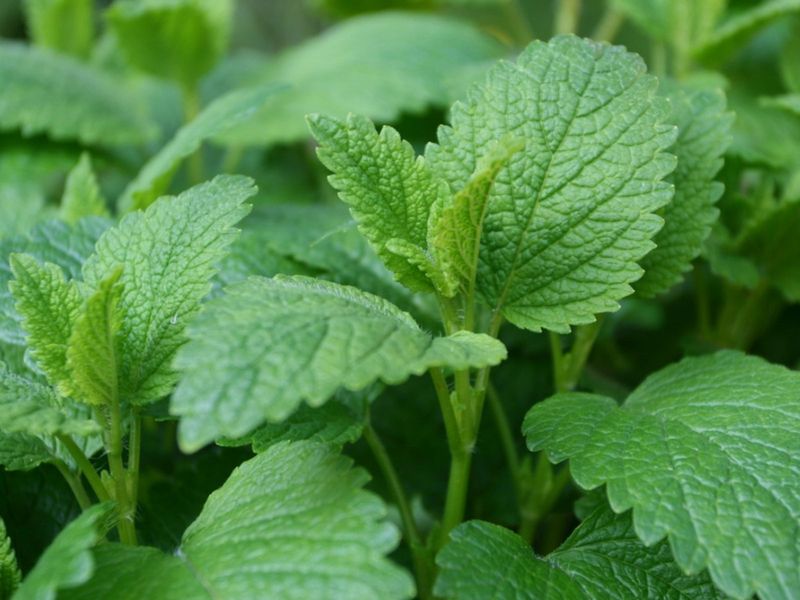Ever found yourself gazing at your garden full of basil and parsley, thinking, Is this it? Well, you’re in for a delicious surprise!
I’ve been there too, just staring at the usual suspects, until I discovered a whole world of herbs beyond the basics. We’re talking about the quirky, the unique. Herbs that will spice up both your garden and your cooking.
No more boring thyme and rosemary here! Get ready to meet 20 unusual herbs that’ll leave you wondering why you haven’t tried them sooner.
1. Jamaican Sorrel
Picture this: a flower so striking that it looks like it belongs in a tropical paradise. Jamaican sorrel, also known as hibiscus sabdariffa, bursts with red petals.
What makes it unusual is its tangy taste, which adds a zesty kick to beverages and dishes. Found mainly in the Caribbean, this herb is often brewed into a refreshing drink.
In the kitchen, it pairs well with ginger and mint, offering a unique way to impress your taste buds.
2. Epazote
Imagine a kitchen filled with the aroma of something that’s not your typical herb. Enter epazote, a staple in Mexican cuisine known for its pungent aroma.
It’s used to flavor bean dishes and is believed to reduce digestive issues. Its unusual scent, often described as medicinal or pungent, sets it apart.
This herb doesn’t just add flavor; it’s a conversation starter. So next time you’re cooking beans, throw in a leaf or two and enjoy the herbal adventure.
3. Lovage
Ever wondered if there’s an herb that tastes like celery but isn’t? Meet lovage, the celery-taste-alike herb.
Its unique taste is a celery-lover’s dream and can be used in soups and stews to add depth of flavor. What makes it stand out is not just its taste but the whole plant is edible—from roots to seeds.
So, if you’re looking to jazz up your vegetable broth or salad, lovage might just become your new best herb.
4. Anise Hyssop
Step aside, mint. There’s a new herb in town that’s stealing the show. Anise hyssop, with its purple flowers, offers a sweet licorice flavor.
It’s not just its taste that’s unusual, but also its versatility in uses. From teas to desserts. The leaves and flowers are edible, making it a decorative addition to any dish.
Whether you’re making a simple syrup or an herbal tea, anise hyssop provides both beauty and flavor.
5. Salad Burnet
Think you know all the salad greens? Think again. Salad burnet is the herb you didn’t know you needed.
With a fresh cucumber flavor, it’s perfect for salads and cold soups. What makes it unusual is its ability to thrive in poor soil, unlike many other herbs.
It’s not just a garnish; it’s a game changer. Toss it into your next green salad, and watch your guests guess the mystery ingredient.
6. Houttuynia Cordata
Forget about ordinary greens. Houttuynia cordata, often called fish mint, is unlike any other. With a flavor reminiscent of fish, it’s a staple in Southeast Asian cuisine.
The unusual aspect is its dual nature; some people love it, others… not so much. But give it a try, and you might discover a new favorite.
It’s typically used in salads or as a garnish, lending an exotic twist to traditional dishes.
7. Good King Henry
Does the name sound regal? It should, because this herb was once a staple in medieval gardens. Known as Good King Henry, it’s a cousin to spinach.
Its unusual trait? It’s one of the few perennial vegetables. Perfect for a sustainable garden, this herb offers leaves that can be cooked just like spinach.
Give this ancient herb a modern twist in your kitchen by sautéing its leaves with garlic and olive oil.
8. Purple Shamrock
Think you’ve seen all the shamrocks there are? Think again. The purple shamrock dazzles with its triad of deep purple leaves.
Unusual in its ability to close its leaves at night, this herb is more than just a pretty face. While often grown as a decorative plant, its tangy leaves are edible, adding both color and flavor to salads.
A fun anecdote: this herb might just bring you a bit of Irish luck, especially in the culinary department.
9. Vietnamese Coriander
Step aside, cilantro. Vietnamese coriander is here to steal the spotlight. Known for its strong, peppery flavor, it’s a staple in Vietnamese cooking.
The unusual aspect? Unlike regular cilantro, it thrives in warm, wet climates, making it a tropical garden’s best friend.
Add it to soups or salads for an unexpected twist. It’s the herb that brings a taste of Vietnam to your kitchen.
10. Samphire
Ever hear of sea asparagus? Samphire is the salty herb that grows by the sea. With a taste reminiscent of the ocean, it’s perfect for seafood dishes.
What makes it unusual is its crunchy texture and high salt content, a natural seasoning straight from the plant.
Harvest some on your next coastal walk and try it pickled or sautéed. It’s the herb that brings the sea to your plate.
11. Mugwort
Ever heard of a herb that doubles as a dream enhancer? Mugwort might be your next mystical endeavor.
Known for its use in traditional medicine to enhance dreams, it’s as unusual as they come. With a slightly bitter taste, it’s often used in teas and herbal remedies.
But dream chasing aside, it’s also known for its culinary uses, particularly in stuffing and soups. Dare to try it and see where your dreams take you.
12. Yerba Mate
Yerba Mate is a popular herb in South America, renowned for its invigorating properties. Its leaves are used to make a traditional beverage, often consumed from a gourd with a metal straw called a bombilla.
This herb is rich in antioxidants and caffeine, making it a beloved morning ritual for many. Grown predominantly in Argentina, Paraguay, and Brazil, yerba mate thrives in subtropical climates.
The plant’s serrated leaves are harvested for both commercial and personal use. Its unique taste, which combines grassy and earthy notes, has made it a staple in many South American households.
13. Shiso
Ready for a flavor adventure? Shiso, also known as perilla, is not your average mint. With its distinctive taste profile that combines mint, basil, and cumin, it’s a staple in Japanese cuisine.
What makes it unusual is its versatility: it’s used in sushi, tempura, and even as a garnish. Its colorful leaves range from green to purple, adding visual appeal.
Give your next meal an Asian twist with this extraordinary herb.
14. Mitsuba
Does it look like parsley, but taste like anise? That’s mitsuba for you, a lesser-known Japanese herb. With its mild flavor, it’s often used in soups and salads.
What makes it unusual is its trifoliate leaves, a signature look that sets it apart. This herb is not just a parsley substitute, but a chance to explore new culinary horizons.
Fresh or cooked, mitsuba adds a hint of Japan to your dishes.
15. Culantro
Think cilantro, but with a twist. Culantro, also known as sawtooth herb, boasts a stronger flavor. It’s a popular herb in Caribbean and Latin American cuisines.
The unusual aspect? Its ability to thrive in hotter climates, unlike its cousin cilantro. Use it to spice up salsas and stews for an exotic edge.
For those who find cilantro too mild, culantro offers a bold alternative that packs a punch.
16. Spilanthes
Feel like trying something that tingles? Spilanthes, often called the toothache plant, is renowned for its mouth-tingling sensation.
This herb, with its cone-shaped flowers, is more than just a novelty. It’s used in traditional medicine to numb pain, particularly toothaches.
Its unusual property makes it more of an experience than just a flavor. Chew on a leaf, and let the sensation surprise you. It’s a little herb with a big impact.
17. Borage
Look up, because borage is the star of the garden. Known for its beautiful blue, star-shaped flowers, this herb is more than eye candy.
Its cucumber-like flavor makes it a refreshing addition to salads and drinks. What’s unusual is its use in both culinary and medicinal applications.
Adding borage to your garden means more than just aesthetics; it’s about embracing a herb that offers something extra. Try it as a garnish and see what you think.
18. African Blue Basil
Have you ever tried basil with a hint of clove? African blue basil is here to challenge your taste norms.
Distinct for its purple-tinged leaves and spicy fragrance, it’s a favorite for pesto and pastas. What makes it unusual is its sterile nature, meaning it doesn’t produce seeds.
Instead, it’s propagated through cuttings. For those willing to experiment, this basil variation offers a unique culinary twist. Give it a whirl and discover a new basil experience.
19. Tulsi
Think of a herb that’s as revered as it is useful. Tulsi, or holy basil, holds a sacred place in Indian tradition.
Known for its medicinal properties, it’s often used in teas and remedies. What makes it unusual is its spiritual significance in Hindu culture. It’s more than just a plant; it’s a symbol of divine holiness.
But beyond its cultural roots, it’s a flavorful addition to any herbal tea blend. Embrace the tradition and taste in one simple herb.
20. Lemon Balm
Ever wished an herb could boost your mood? Lemon balm just might be your herbal cheerleader. Known for its calming properties, this herb is perfect for teas and tinctures.
The unusual aspect? Its citrusy scent that’s said to ease anxiety and promote relaxation. Whether you’re crafting a calming tea or a soothing balm, lemon balm is the herbal friend you didn’t know you needed.
It’s time to let the good vibes roll with a cup of lemony goodness.

